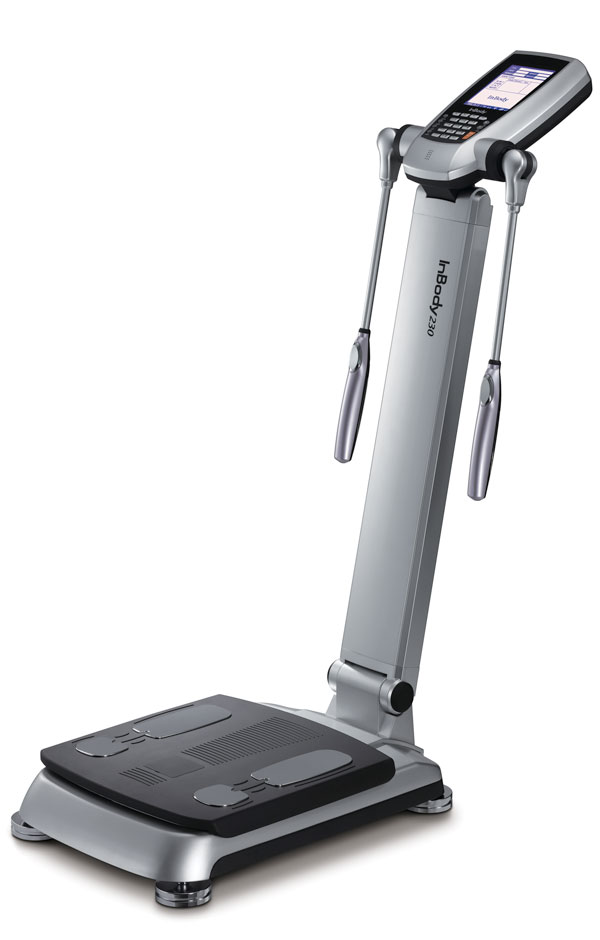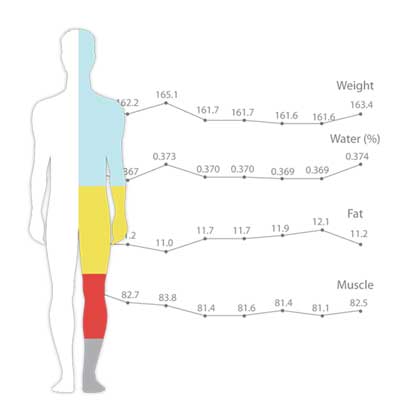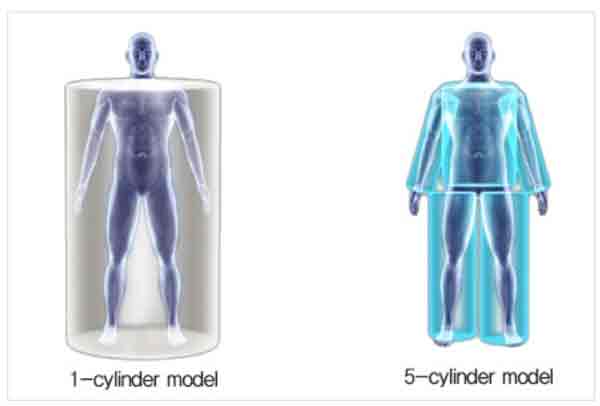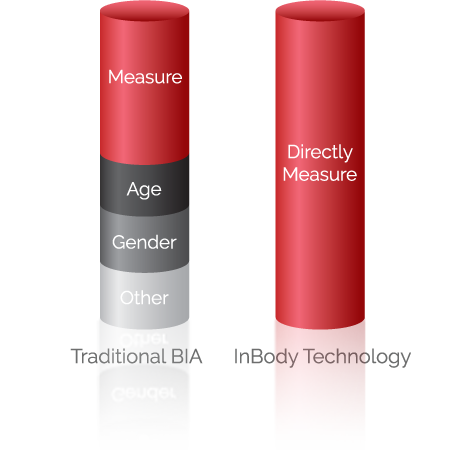What is InBody Body Composition Analysis?
All patients who come to the Evita clinic will check the Inbody before liposuction or gynecomastia consultation. Of course, if you come to Evita clinic for other reasons, you can always check your Inbody. We have a lot of consultations based on the results of the Inbody result.
InBody is a high-precision medical device that provides a detailed analysis of your body’s internal composition — including muscle mass, fat percentage, and body water. Unlike traditional BMI measurements, InBody separates each component, giving you an accurate snapshot of your health.
Why We Use InBody at Evita Clinic
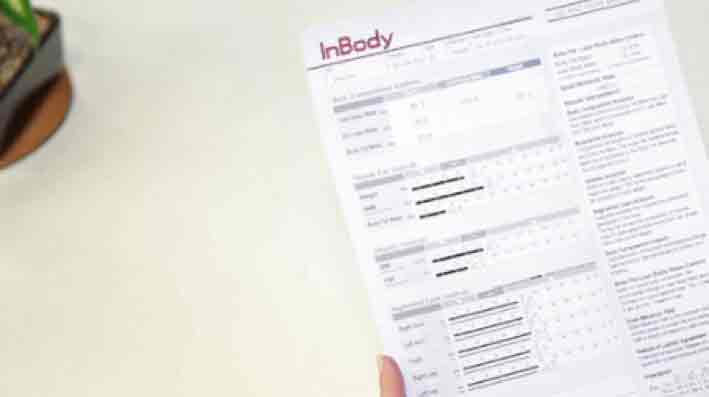
The body water, protein, minerals and body fat that make up the human body are closely related to health.
Body composition analysis is a quantitative analysis of the body composition and provides basic information for understanding the condition of the body.
At Evita Clinic, we specialize in body contouring, liposuction, and health management. That’s why we trust InBody as an essential diagnostic tool. It helps us:
-
Evaluate your muscle-fat balance
-
Monitor post-surgery fat loss or gain
-
Track visceral fat and metabolic risk
-
Recommend custom treatment or fitness plans
InBody wurde als BIA-Prinzip (Bioelektrische Impedanzanalyse) entwickelt.
Die bioelektrische Impedanzanalyse (BIA), die erstmals in den späten 1960er Jahren eingesetzt wurde, basiert auf dem Prinzip, dass der menschliche Körper aus Wasser mit guter Elektrizität besteht und der Grad der Elektrizität, die durch ihn fließt, der Impedanzindex durch fließenden Wechselstrom erhalten wird und Körperwasser gemessen wird.
Bis in die späten 1980er Jahre hatte die BIA-Methode falsche Ergebnisse bei Einfrequenz-Systemimpedanzmessungen und musste durch empirische Variablen kalibriert werden. Die Formeln, denen die Variablen hinzugefügt wurden, waren jedoch weniger genau als die der Gruppe, was es schwierig machte, sie universell zu verwenden.
Inbody, über die Begrenzung hinaus
Im Jahr 1996 waren die Ungenauigkeiten von BIA auf technologische Einschränkungen zurückzuführen. Daher entwickelte Inbody Co., Ltd. das kommerzielle BIA-Körperzusammensetzungsmessgerät Inbody, das die weltweit erste direkte und Multifrequenzmessung realisierte. Derzeit wird Inbody von weltweiten Experten als hochpräzise und reproduzierbare Technologie anerkannt, und jedes Jahr werden Hunderte von verwandten Artikeln in Ernährung, Sport und Fettleibigkeit aufgeführt.
Es wurde als Weltpatent anerkannt – Direct Segmental Multi-Frequency Bioelectrical Impedance Analysis, DSM-BIA
Die direkte In-Band-Impedanzmessung (Direct Segmental Multi-Frequency Bioelectrical Impedance Analysis, DSM-BIA) ist eine Technik zur Messung der Arm-, Bein- und Rumpfimpedanz des menschlichen Körpers. Man kann nicht sagen, dass die bestehende BIA-Methode die Körperzusammensetzung genau analysiert, wenn man den menschlichen Körper als eine zylindrische Form betrachtet. Im Gegensatz dazu misst Inbody Arme, Beine und Rumpf mit jeweils unterschiedlichen Formen, Dichten und Querschnittsbereichen, um Körperteile genauer als jedes andere Gerät zu analysieren.
Inbody-Messverfahren mit Multifrequenz
Die In-Band-Multifrequenzmessung ist eine Technik, die sowohl intrazelluläres Wasser als auch extrazelluläres Wasser mit mehreren Frequenzen zwischen 1 kHz und 1 MHz genau misst. In der frühen BIA-Methode wurde nur eine einzige Frequenz von 50 kHz verwendet, um intrazelluläres und extrazelluläres Wasser zu unterscheiden, und konnte nicht genau gemessen werden. Um die Einschränkungen der frühen BIA-Methode zu überwinden, die das gesamte Körperwasser proportional berechnete, und um das Wasserhaushaltselement zu entwickeln, wird Inbody daher aktiv auf dem Gebiet der Nierenmedizin und Rehabilitation eingesetzt.
What Will You See on the InBody Report?
The InBody result sheet includes:
-
Total Body Weight
-
Skeletal Muscle Mass
-
Body Fat Percentage
-
Segmental Muscle & Fat Analysis
-
Visceral Fat Level
-
Basal Metabolic Rate (BMR)
This data is essential not only for surgery planning but also for long-term health and body management.
How Often Should You Get an InBody Test?
For best results, we recommend:
-
Before and after body contouring or weight-loss treatments
-
Every 1–3 months for ongoing health tracking
-
After major lifestyle changes (diet/exercise/surgery)
For International Patients
No Korean? No problem. Our staff speaks English, and the InBody report is available in English. We’re ready to explain your results in detail and guide your treatment plan accordingly.

